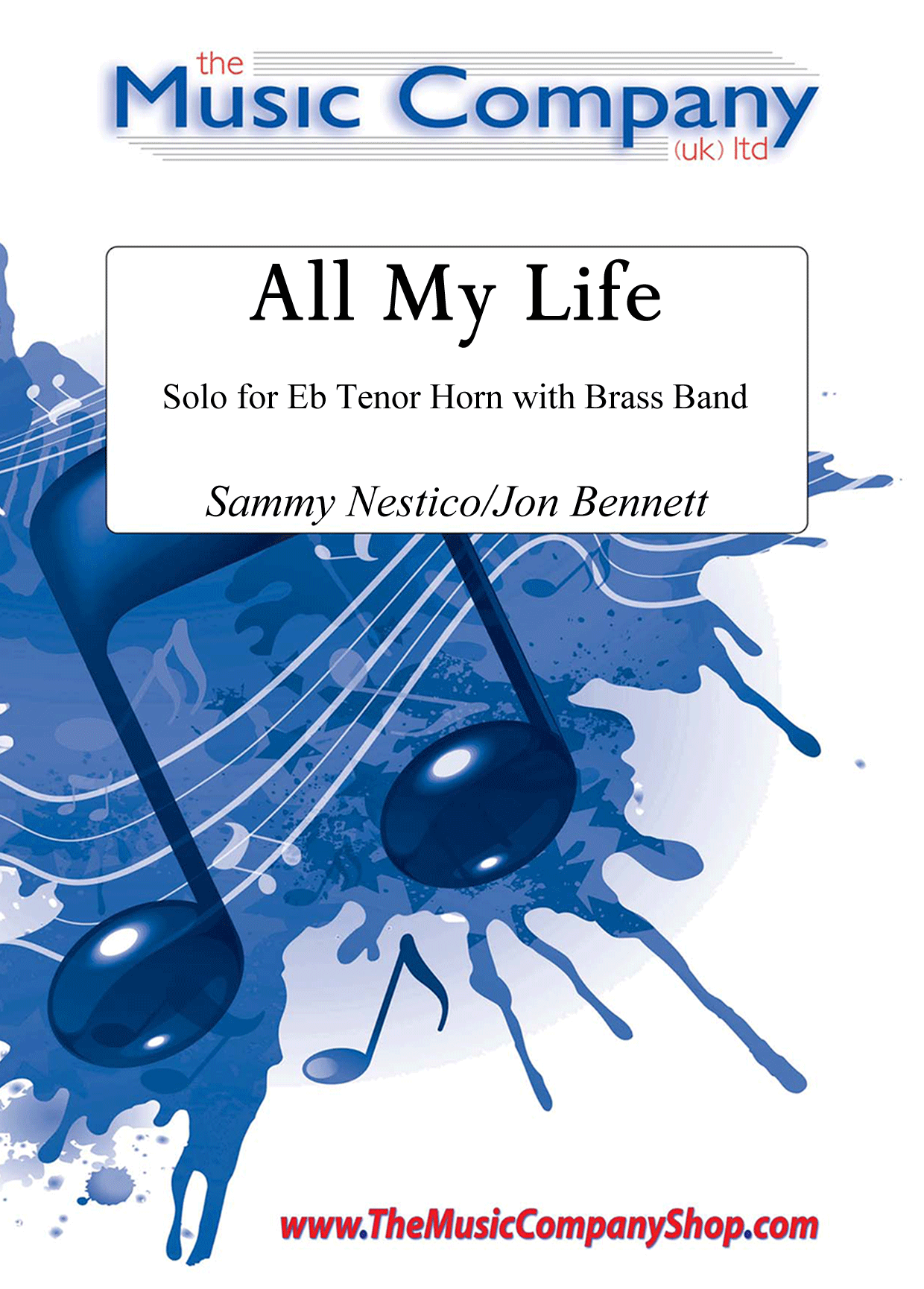Results
-
 £30.00
£30.00All My Life - Sammy Nestico
A wonderful solo for Eb Tenor Horn with brass band accompaniment, arranged by Jon Bennett - the master of big band to brass band transference. A fantastic arrangement of the ever popular music of the late Sammy Nestico.
In Stock: Estimated dispatch 3-5 working days
-
£24.95
NOCTURNE (Flugel Horn or Cornet/Trumpet Solo with Brass Band Set) - Gareth Wood
Estimated dispatch 7-14 working days
-
 £57.50
£57.50Meditation (Flugel and Horn Section Feature with Brass Band - Score and Parts) - Hassler, Hans Leo - Sparke, Philip
This timeless melody by Hans Leo Hassler (1564-1612), is now chiefly remembered because of its inclusion in J. S. Bach's St. Matthew Passion, (hence its title) where it is treated to a variety of rich harmonisations. It is mostly sung to Paulus Gerhardt's words, O Sacred head! sore wounded. This setting features the flugel and horns, who first play a lyrical descant to the famous hymn tune and then the melody itself, against a Bach-like obbligato in the accompaniment.Duration: 4:30
Estimated dispatch 7-14 working days
-
 £59.99
£59.99Ragtime for Horns (Horn Section Feature with Brass Band - Score and Parts) - Joplin, Scott - Curnow, James
Duration: 2.30
Estimated dispatch 7-14 working days
-
 £54.20
£54.20Baby It's Cold Outside (Flugel Horn and Trombone Duet with Brass Band) - Loesser, Frank - Smith, Sandy
Grade: Easy/Medium.
Estimated dispatch 7-14 working days
-
 £50.90
£50.90I'VE NEVER BEEN IN LOVE BEFORE (Flugel, Horn and Baritone feature with Brass Band) - Loesser, Frank - Wormald, Christopher
From the Musical Guys and Dolls. Grade: Easy/Medium.
Estimated dispatch 7-14 working days
-
 £27.95
£27.95 -
 £50.90
£50.90NIKITA (Flugel Horn or Cornet Solo with Brass Band) - John, Elton - Fernie, Alan
Grade: Easy/Medium.
Estimated dispatch 7-14 working days
-
 £24.95
£24.95NOCTURNE (Flugel Horn or Cornet/Trumpet Solo with Brass Band Set)
Estimated dispatch 7-14 working days
-
 £50.90
£50.90OUR LOVE IS HERE TO STAY (Flugel Horn or Trumpet Solo with Brass Band) - Gershwin, George - Richards, Goff
Grade: Medium.
Estimated dispatch 7-14 working days
